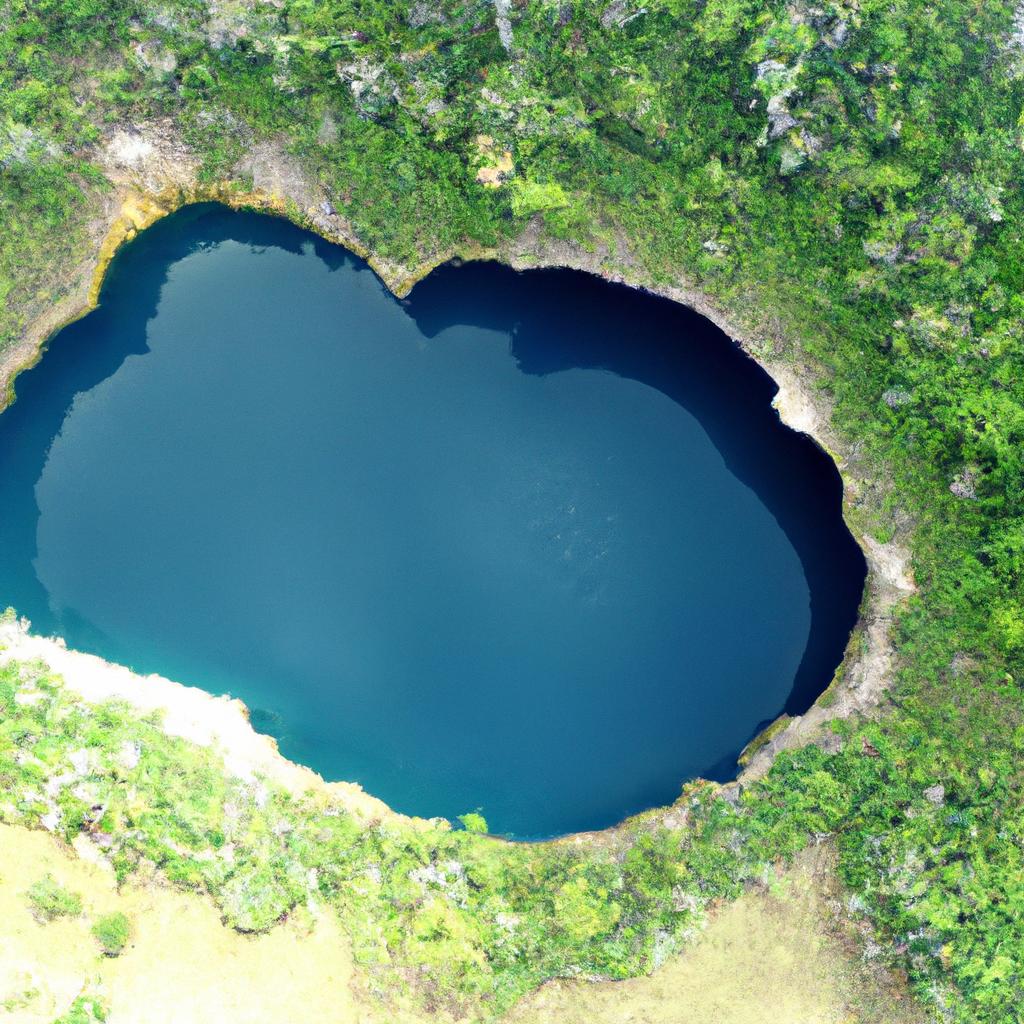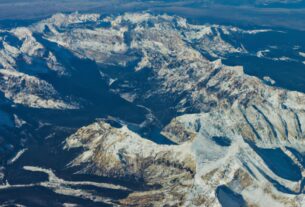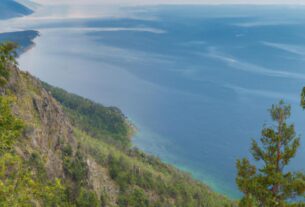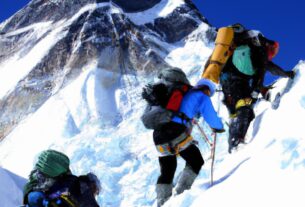Located off the coast of Belize, The Blue Hole is an extraordinary wonder that has fascinated divers and scientists alike for decades. This underwater sinkhole is a mesmerizing deep blue circle, measuring 300 meters in diameter and 125 meters in depth. It forms part of the Lighthouse Reef System, designated as a UNESCO World Heritage Site.
A Fascinating Origin
The Blue Hole was formed over 10,000 years ago during the last Ice Age. As the sea level was significantly lower during that time, the area where the Blue Hole now resides was once a dry cave system. When the Ice Age came to an end, the rising sea level flooded the cave system, creating the breathtaking Blue Hole. Thanks to its remarkable depth, the water within remains crystal clear, allowing for excellent visibility by preventing sedimentation.
Teeming with Life
Over time, the Blue Hole has become a thriving habitat for a diverse range of marine life. Sharks, turtles, and vibrant fish species call this wonderland their home. Moreover, the Blue Hole serves as an invaluable site for scientific research. Its unique geology and marine ecosystem offer scientists precious insights into Earth’s history and the impacts of climate change. In recent years, the Blue Hole has garnered popularity among divers and tourists who crave an up-close encounter with its beauty.
Diving into the Blue Hole is an experience that etches itself into the memory. The captivating rock formations, including stalactites and stalagmites, formed when the cave system was still dry, now serve as an enchanting backdrop for divers. The Blue Hole is also a haven for various shark species, like reef sharks, bull sharks, and hammerhead sharks, making it an irresistible spot for shark diving.
However, diving in the Blue Hole calls for advanced skills due to its depth and the potential for strong currents. Only experienced divers should embark on this adventure. To ensure their safety and enjoyability, it is advisable to book a reputable dive operator.
Notable Visitors
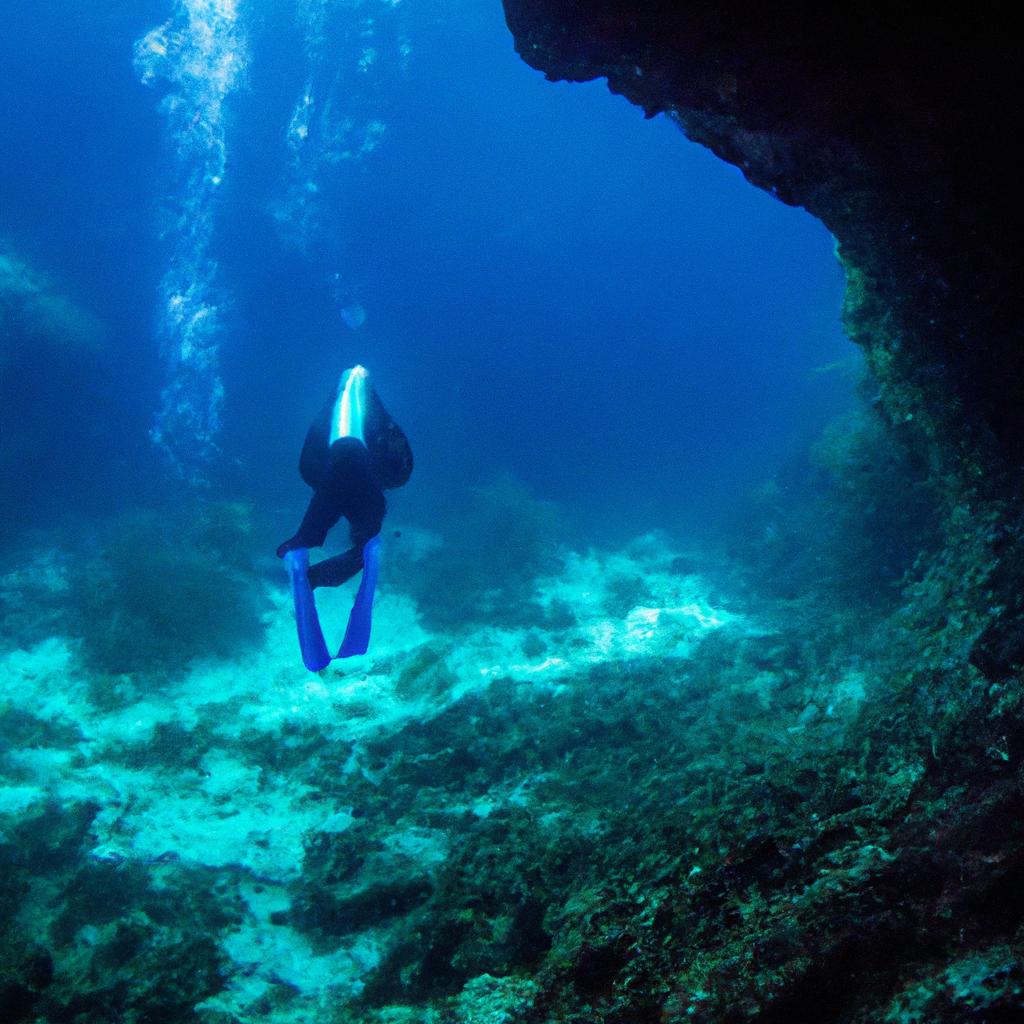
The Blue Hole has drawn a host of famous visitors throughout the years. Among them, renowned explorer Jacques Cousteau, who declared it one of the world’s top ten dive sites during his 1971 visit. Actor Leonardo DiCaprio has also ventured into the Blue Hole to lend his support to local conservation endeavors. In addition, the Blue Hole has served as a backdrop for numerous documentaries and films, including the BBC’s acclaimed “Blue Planet” series.
Visitors to the Blue Hole often depart with a sense of wonder and awe, deeply moved by the natural beauty they have witnessed. Many describe their diving experience as life-changing and unforgettable. Protecting and preserving the Blue Hole becomes pivotal, ensuring its continuance for future generations to relish.
Conservation Efforts
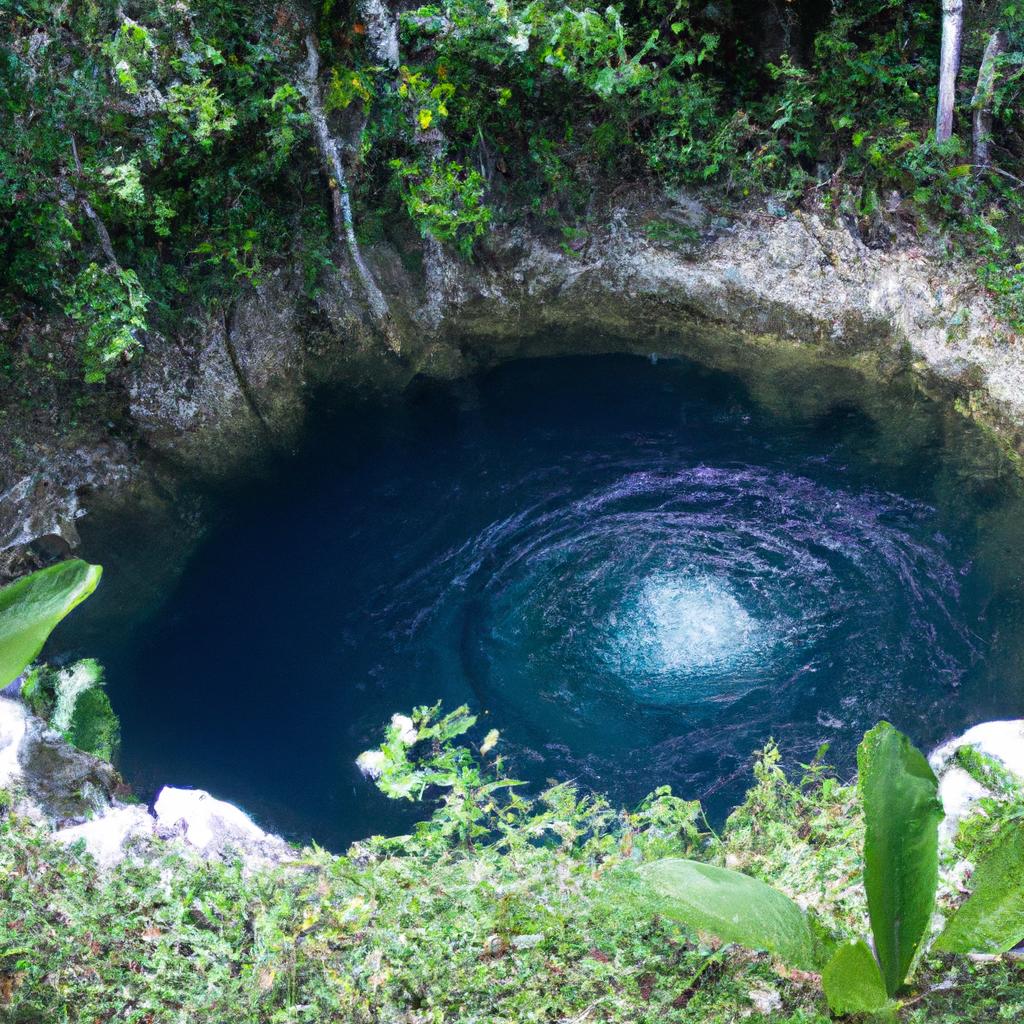
The Blue Hole and its surroundings fall within the Belize Barrier Reef Reserve System, a designated UNESCO World Heritage Site. The Belize Barrier Reef, the second-largest in the world, is home to a wealth of marine life, including endangered species such as the West Indian manatee and the hawksbill turtle.
Conservation efforts in the area have led to the establishment of marine protected areas, preserving the delicate ecosystem of the Barrier Reef. Additionally, the Belizean government has implemented regulations on fishing and tourism activities to minimize the impact on the environment. To further contribute, many dive operators have adopted sustainable practices, reducing their carbon footprint and safeguarding marine life.
Tourists can play their part by selecting eco-friendly dive operators and adhering to responsible tourism practices, such as refraining from touching or disturbing marine life. Together, we can work towards safeguarding the Blue Hole and the Barrier Reef, ensuring the preservation of this extraordinary natural marvel.
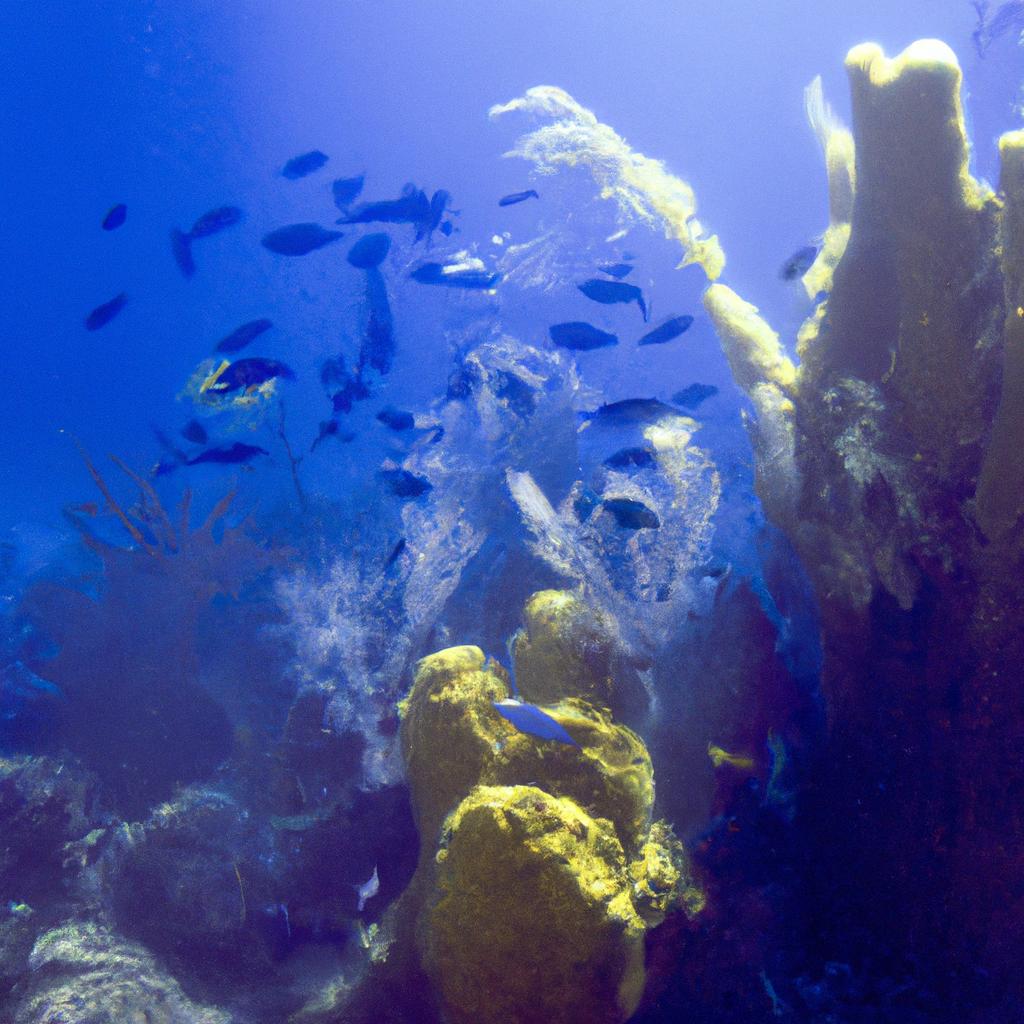
Preserving a Fragile Wonder
Safeguarding the Blue Hole is of paramount importance. In 2018, the Belizean government took a significant step by imposing a moratorium on offshore oil exploration in its waters, which includes the Blue Hole. This decision aims to protect marine life and the delicate ecosystem of the area. Furthermore, regulations have been enacted to limit the number of divers allowed in the Blue Hole simultaneously, preventing damage to the formations and marine life.
Ongoing efforts educate both tourists and locals about the importance of preserving the Blue Hole are in place. Tour operators offer educational programs to enhance visitors’ understanding of the ecosystem and promote responsible diving and snorkeling practices. Visitors are encouraged not to touch formations or feed marine life.
In Conclusion
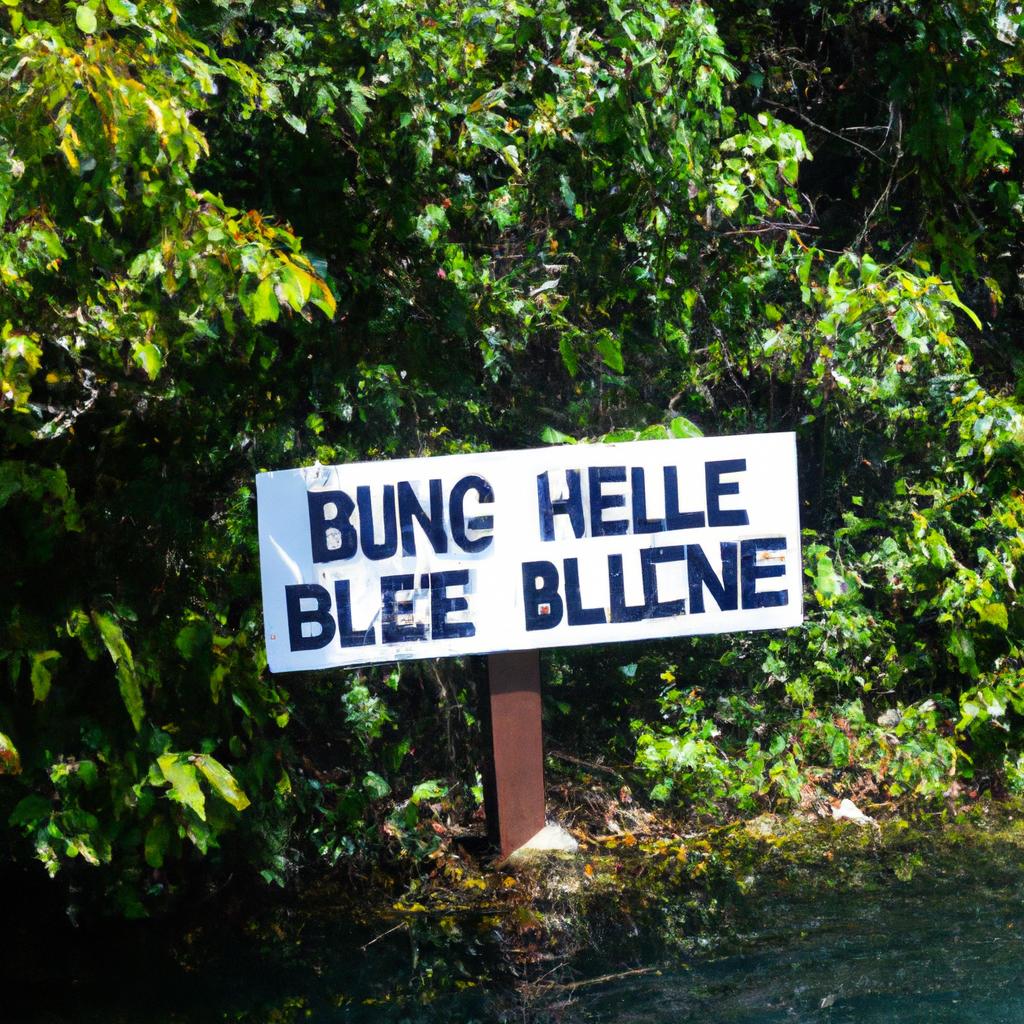
The Blue Hole in Belize stands as a natural marvel that captivates the world with its beauty and scientific significance. Its extraordinary geology and vibrant marine life provide invaluable insights into Earth’s history and the effects of climate change. Diving into the Blue Hole is an indescribable adventure, granting divers the privilege of witnessing the wonders of the underwater world firsthand.
Yet, we must not forget that the Blue Hole is a fragile ecosystem that demands our protection. As visitors, we must practice responsible tourism and lend our support to conservation efforts. At TooLacks, we advocate for responsible tourism and back conservation initiatives. We encourage our readers to explore wonders like the Blue Hole worldwide, while ensuring our actions align with sustainable practices. Let us unite in safeguarding these natural marvels, allowing them to flourish for generations to come.
